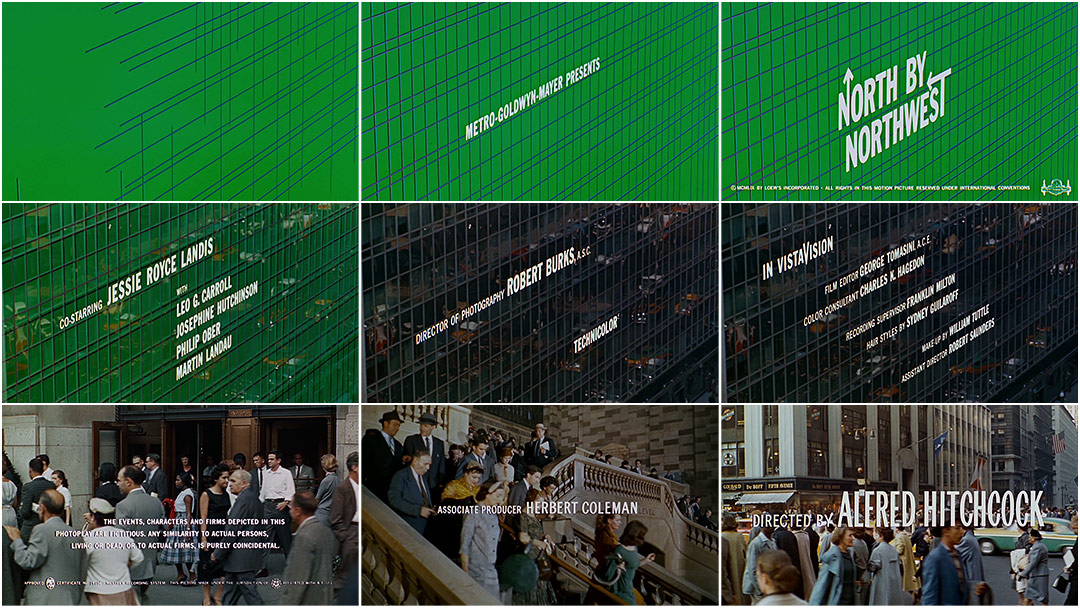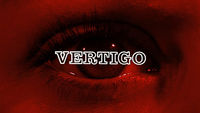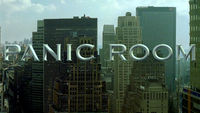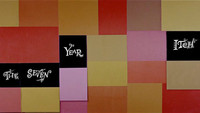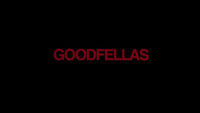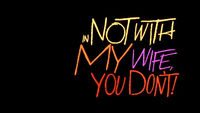Perhaps the best way to frame Hitchcock's 1959 thriller North by Northwest is to examine the least conspicuous word in its title: by. In the context of the film, 'by' represents a crossroads – a point of intersection between two paths that would otherwise never meet.
Consider protagonist Roger Thornhill, played by Cary Grant – a playboy ad executive who lands himself in trouble when he is mistaken for a spy and kidnapped, throwing his life into chaos as he plays an increasingly dangerous game of cat and mouse with his abductors and the authorities. And it's only because of this game that he meets Eve Kendall, played by Eva Marie Saint, a love interest who twice helps him evade capture.
Intersections are further explored in the transient locations Hitchcock chose to shoot: downtown cross streets, trains, airports – even the infamous crop-dusting scene, which takes place quite literally at a crossroads.
It is appropriate, then, that Saul Bass establishes this theme in both the tone and design of the main title sequence – his second Hitchcock outing, following Vertigo the previous year. Almost immediately, the open canvas of forest green is jailed by a series of intersecting lines, setting the ground rules for the sequence by corralling the sans serif title blocks into vertical columns, rising and falling as though tethered to one another.
The sequence is split into three distinct tiers – the first being entirely graphic, with the titles superimposed over the gridded background. In the second, the graphics dissolve into the reflective façade of the C.I.T. Building in Manhattan – the location of Thornhill’s agency – perfectly mimicking its orthographic window framework. The third tier brings us down to ground level, observing the anonymous masses navigating the Big Apple.
This progression from cold abstraction to perceived reality – symbolically reflected in the building's façade – to up-close and personal parallels Thornhill's journey through the film, mirroring both his plight and his changing identity over its course. It also draws the audience into human-scale conflict, where commuters do their best to ignore each other unless compelled otherwise, resulting in hostility. Bernard Hermann's big, climactic score gives the sequence a sense of increasing urgency, turning up the volume in concert with the march of the crowd.
Bass had experimented with graphic animation techniques as far back as The Seven Year Itch in 1955, but the title cards themselves had always remained static. North by Northwest is often credited as being the first sequence to use kinetic type – or simply, type in motion. It is also one of the first examples of situational type in film, where the text is integrated into the environment by matching its perspective, a technique famously revisited by Picture Mill for David Fincher’s Panic Room in 2002.
Although Bass was already an established designer by 1959, North by Northwest is likely his first truly modernist title sequence, adopting a clean, minimal style and a veneer of graphic sophistication previously unseen in his title work or elsewhere in mainstream film. It's a style that he carried into his next two projects, Psycho and Ocean's Eleven, and would revisit almost 30 years later for Goodfellas in 1990.
Titles Designed by: Saul Bass
Discover more Saul Bass
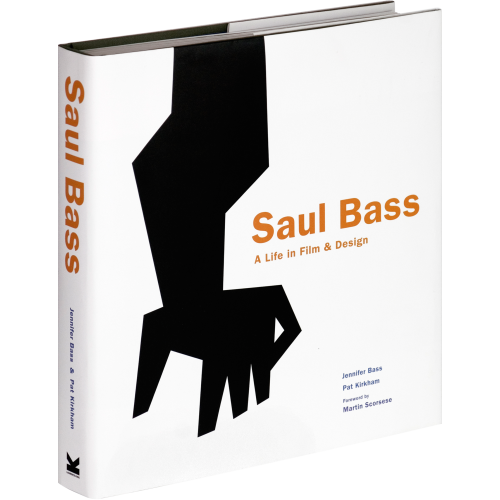
SAUL BASS: A LIFE IN FILM AND DESIGN
By Jennifer Bass and Pat Kirkham

